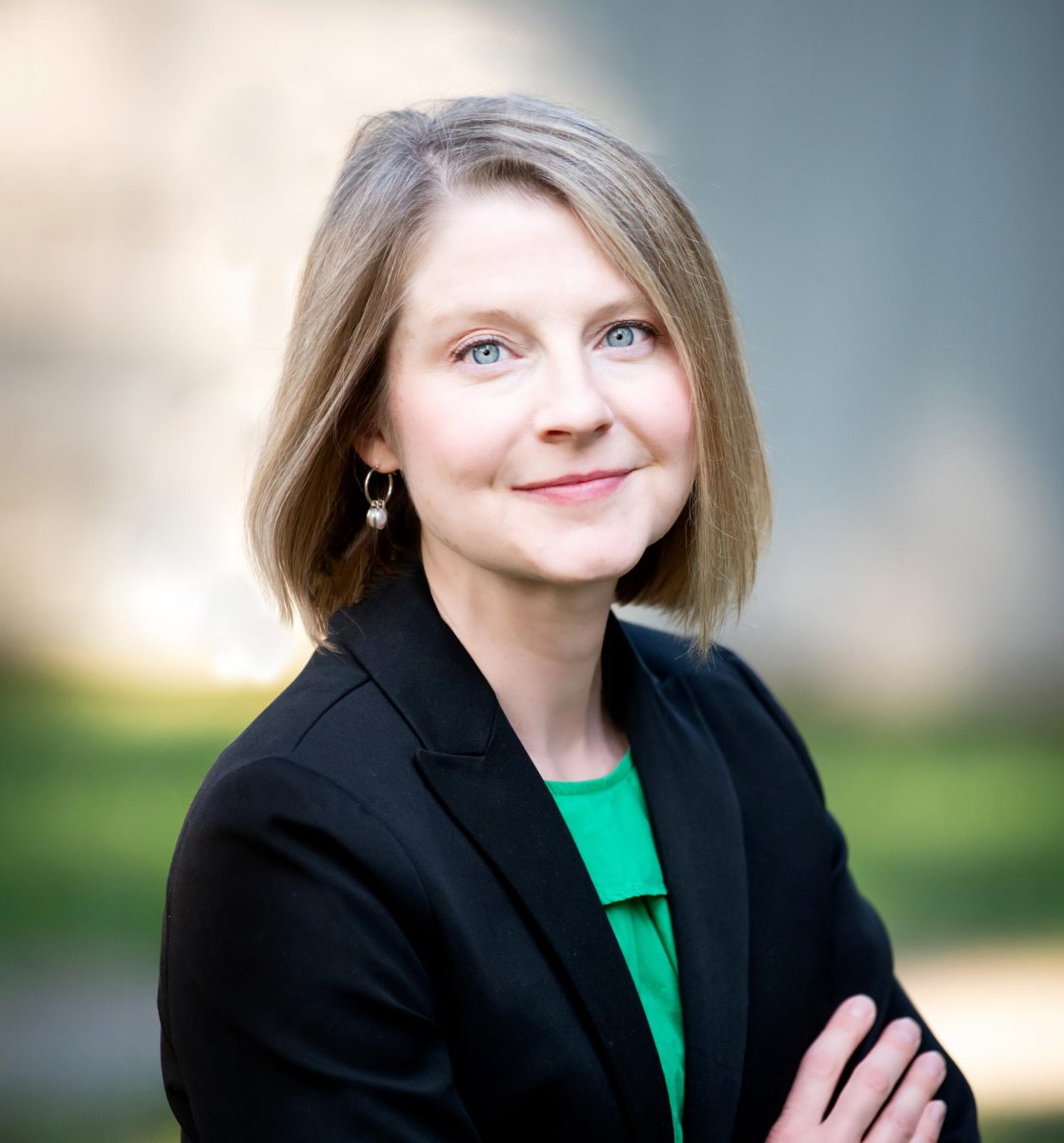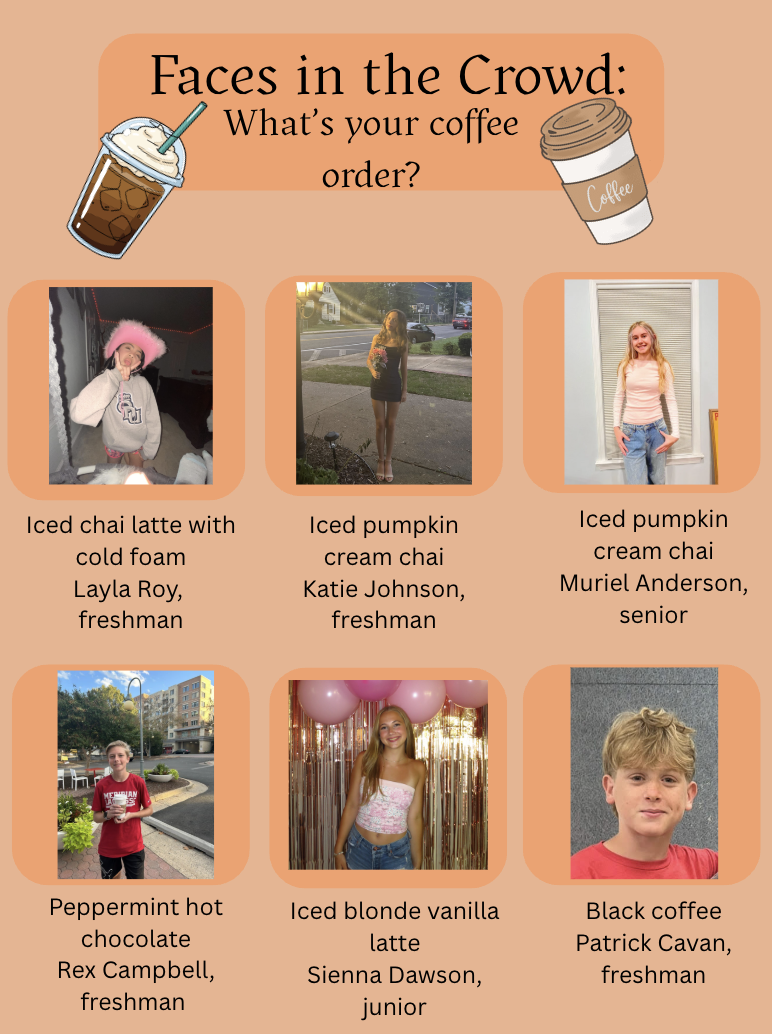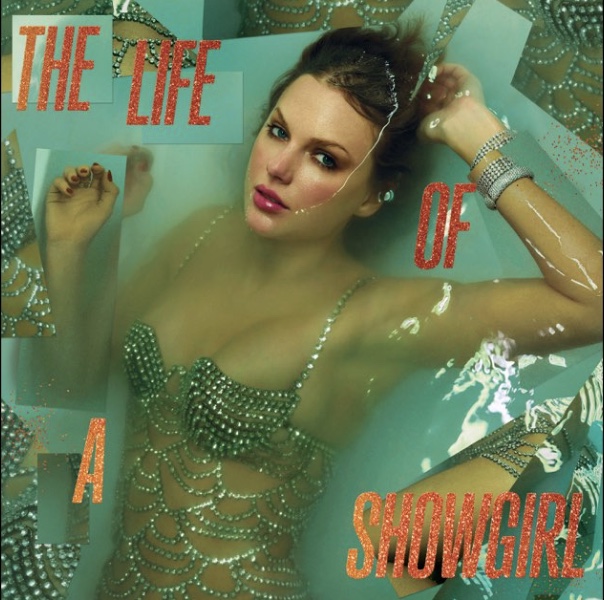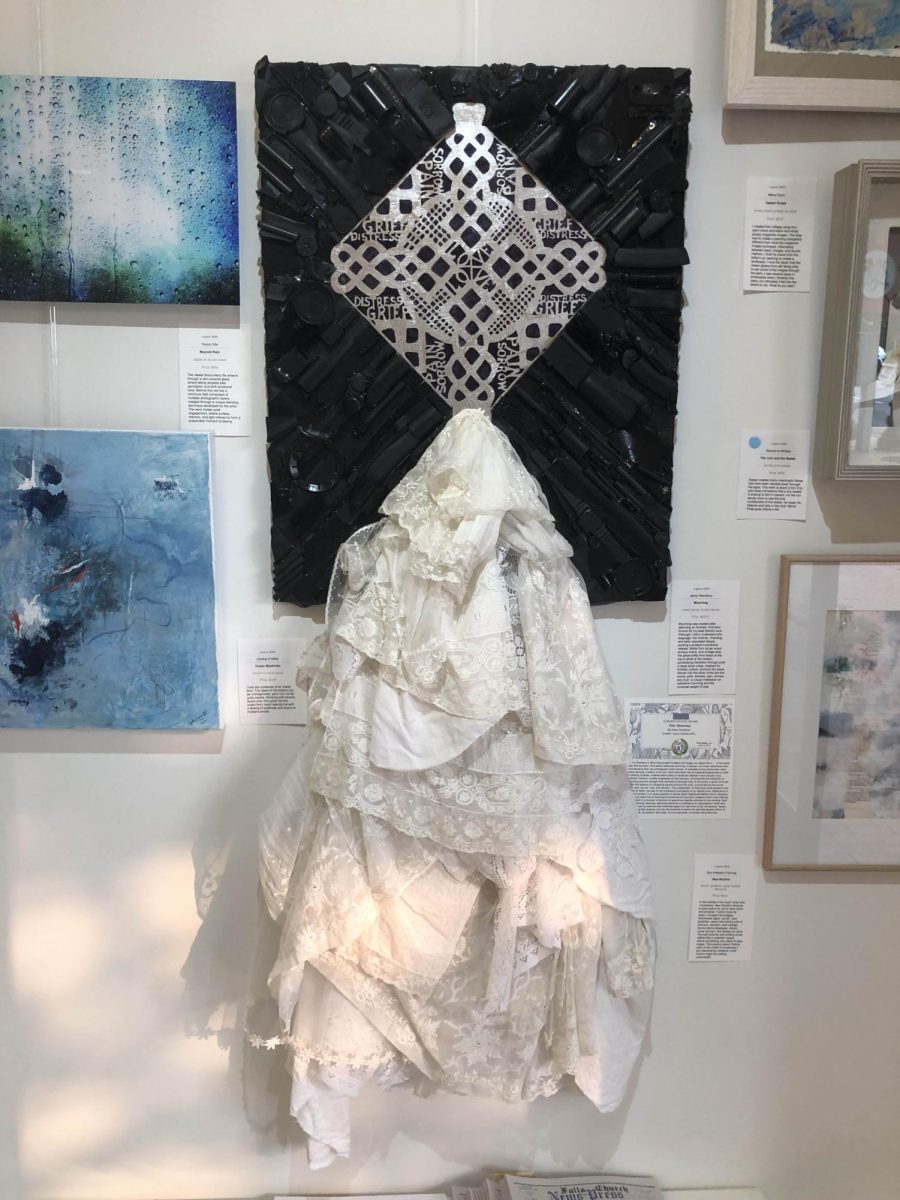
Hispanics and Latinos come from diverse social, economic, and geographic backgrounds, and it’s always interesting to learn more about their cultures. They have always formed a big part of US and lots of them have influenced our country in different ways with their festive and vibrant personality.
Hispanic Heritage Month is one of the celebrations that gather Hispanics and Latinos. It last from September 15 to October 15 since 1988, since September 15 is the independence day of five Latin American countries (Costa Rica, El Salvador, Guatemala, Honduras and Nicaragua.)
To celebrate it in GM, we have had documentaries, announcements in assemblies to highlight Hispanic individuals’ actions and themed lunches like Mexican food and Peruvian Chicken. Dr. Kevin Clark has been working with the Hispanic Club and he’d love to do more to bring out this diverse perspective to the school.
“We are trying to have opportunities to learn about different countries in Latin America, learn about the experiences of students that are coming to the United States, who are here with their families, perhaps learning English,” he said.
“I grew up in Miami, so I have a lot of friends that are from Latin America, The Caribbean, Argentina, Chile, and here we have a lot of kids that come from South and Central America.”
We also have clubs that encourage the Hispanic Heritage in GM, such as the Hispanic Society and Spanish club.
“The Hispanic Society is mostly about the fusion of different Latin American countries since the club members have a variety of nationalities (Bolivian, Mexican, Honduran etc). This mix of nationalities is what makes the club special,” junior Tania del Moral said. “The club has a wide array of activities throughout the year such as fundraisers, field trips, dances, and potlucks.”
Talking about the community, Dr. Clark thinks Hispanics and Latinos bring incredible benefit to the community.
“We are lucky to live in a community where kids come from all over the world,” he said. “The Latino community here is very strong, the diversity of culture, food, music, language.”
Clubs also promote diversity among cultures welcoming everyone that wants to join these.
“Although the club is named ‘Hispanic Society’, we encourage non-Hispanics to join the club, as they can learn about what makes our countries so special,” Del Moral said.
“It’s something that’s important for us as an administration, as a school, as a community,” Dr. Clark said, referring to the hispanic and latino students. “We want them to know that we 100 percent support students from different backgrounds and the Latino community.”
He also wants to do more for these students and would love to hear different ideas from students to help.








